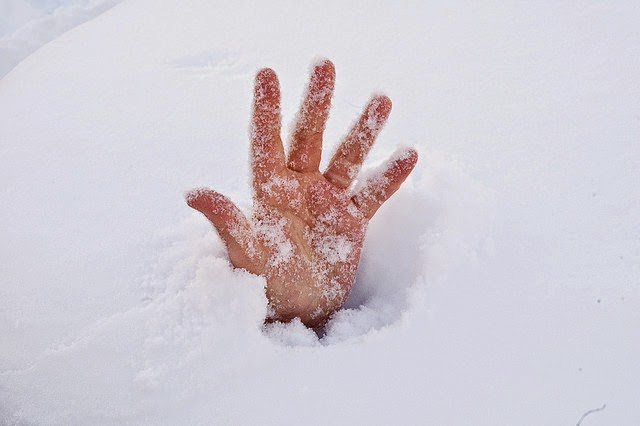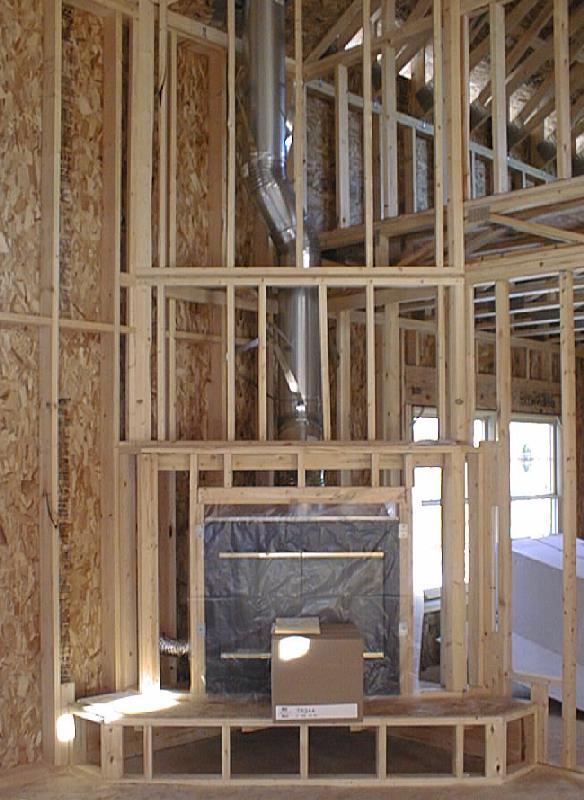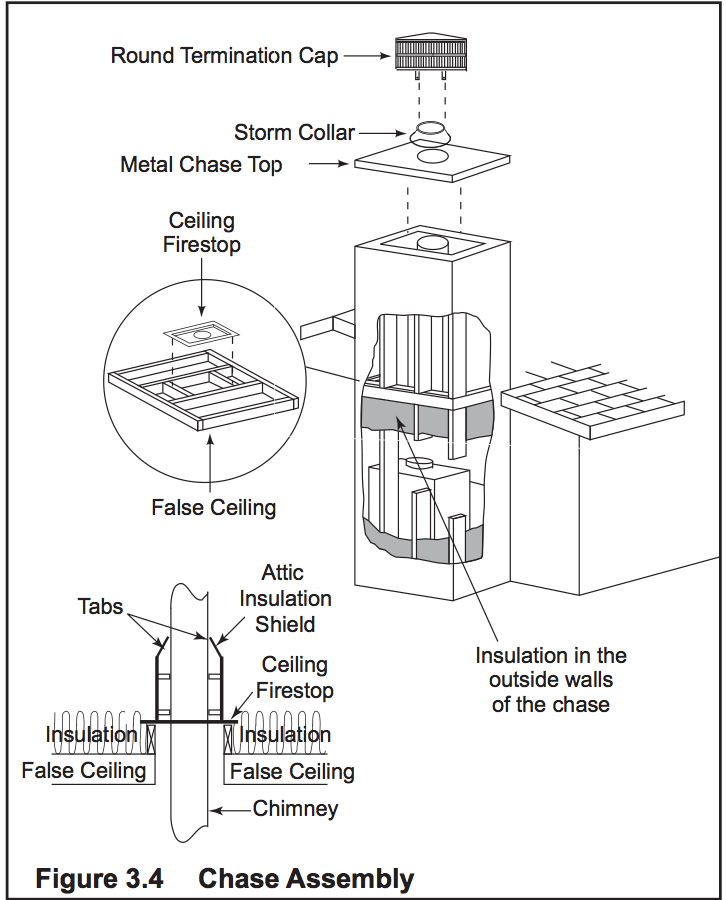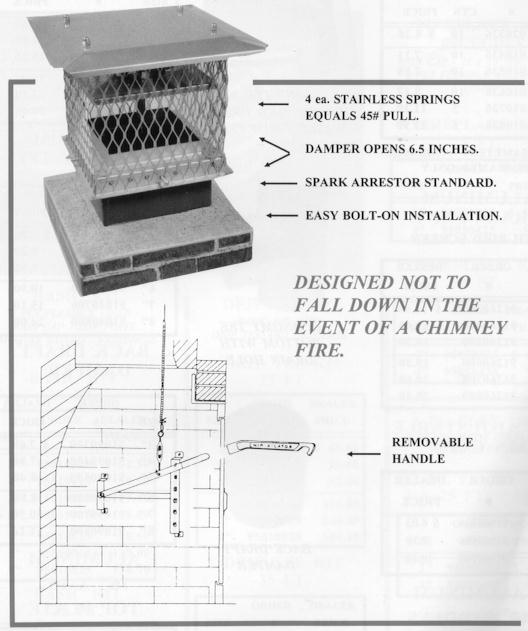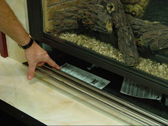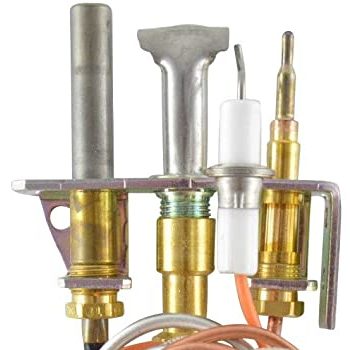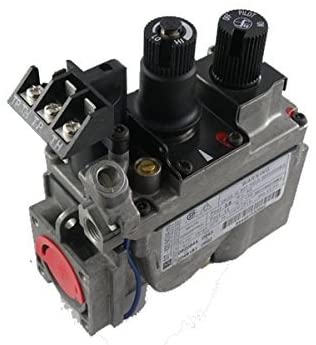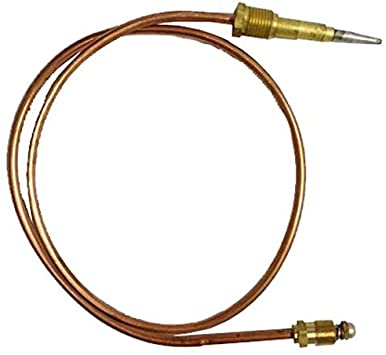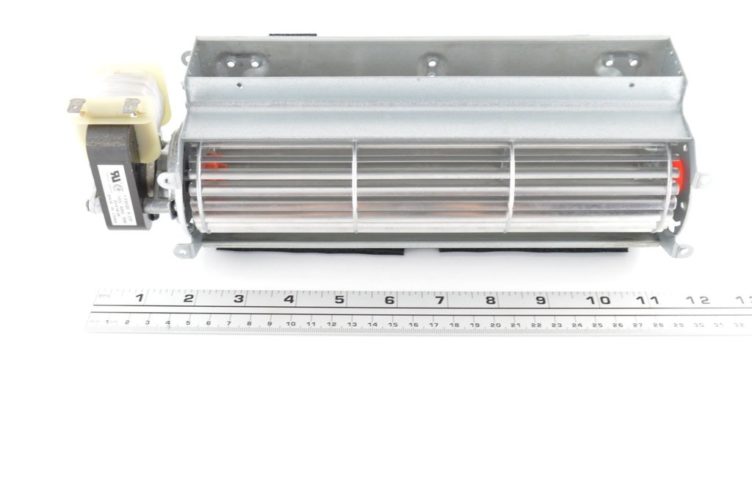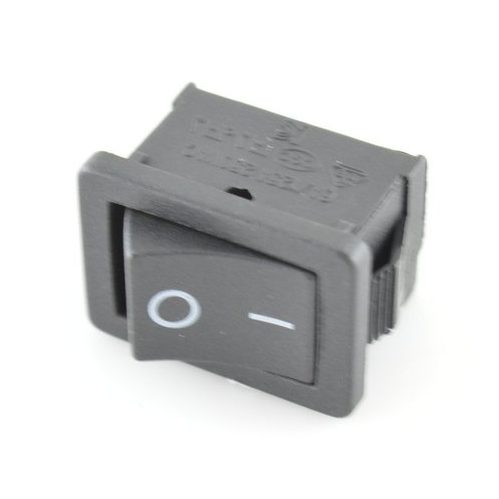Cold air Issues
A cold and drafty fireplace is not necessarily uncommon. But it certainly doesn’t help your heating bill in the winter. Luckily, there are things we can check to make sure your fireplace was installed properly and there are also ways we can fix or improve cold air problems. But the first step is to determine what type of fireplace you have:
Zero Clearance Fireplaces
Zero Clearance Fireplaces are framed in with wood framing, the same way the walls of your house are framed. This is the most common fireplace type today:
And just like the walls in your house, proper insulation around the fireplace is important in keeping your hearth warm. When a fireplace is first framed into the house, there are important things that must be done in order to make sure there are no issues related to cold air infiltrating your home.
Firstly, any of the walls behind the fireplace that are outside walls must be insulated. It is also recommended that a vapor barrier be nailed over the framing and insulation to stop any air leaks and hold the insulation in the wall so that it doesn’t fall onto the fireplace. Sometimes the insulation in the walls behind the fireplace will fall down or have gaps. This is a sure way to experience an icy chill near the fireplace.
It is also important to have a false ceiling (a flat piece of particle board) above the fireplace (also called a draft stop) to stop any cold air from falling down the cavity that the fireplace sits in, and working its way into the room. The picture below is a how a fireplace is typically installed:
Notice on the bottom of the diagram it shows a side view of the false ceiling. The false ceiling should have insulation on top of it. Essentially, the fireplace should be insulated above, behind, and on any side that borders an outside wall. The framed wall that is parallel to the face of the fireplace should NOT be.
Many times I would use an Inspection Camera to see behind the fireplace. Otherwise you would need to either pull off siding, or cut a small hole so that you can see how your fireplace was insulated.
Masonry Fireplaces
Masonry fireplaces are built on site by a mason. Instead of being framed into a house, they are built using brick, block and mortar and look something like this:
If your home is sealed too tightly, it may not allow adequate airflow up the chimney. Other appliances will expel air from your house (like your kitchen range hood or hot water heater). This causes a negative pressure situation inside your house. Naturally, the house will draw air from outside to balance this pressure difference. Many times, the chimney is the easiest entry point, especially if you have a leaky damper.
One way to fix this is with a Chimney Balloon:
A chimney balloon will seal your fireplace flue off when you are not using it. It works very well. The drawback is that you have to install and uninstall it every time you want to actually use your fireplace. This is a more ideal situation if you do not use your fireplace very often.
Another option is a Chim-a-lator:
A chim-a-lator is basically a damper that is built into a cap, and will seal off the chimney from the top. The cap bolts on to your existing flue, and a cable is run down and attaches to a handle that is mounted inside the firebox. It is far more efficient than conventional cast iron dampers and the ideal replacement for old, defective, or leaky dampers. This is more ideal if you like to use your fireplace regularly.

